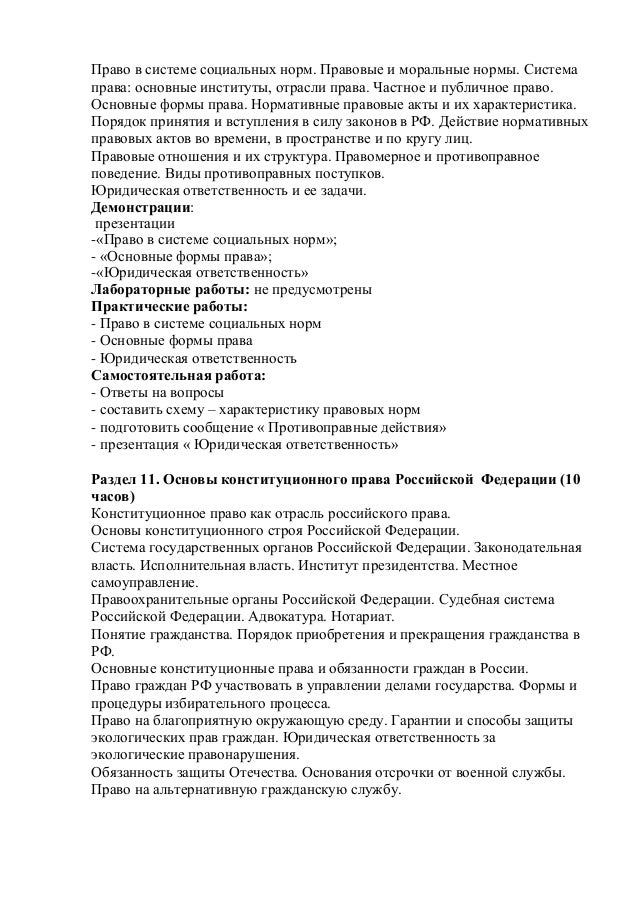
Agvazhenin Obschestvoznanie Kontroljnie Zadaniya
I am trying to transfer my copy of Acronis True Image 2013 & Plus Pack to my new computer. On the new computer I have logged into my Acronis account and have downloaded copy of True Image 2013. I have been able to install this, entered the serial number, and via the Transfer function I have moved the licence from the old computer. So far, so good. For general information on the standalone version of Acronis software see Standalone Version of Acronis Software. This article describes how to create Linux-based bootable media. For information on how to create WinPE based bootable media with True Image 2013 by Acronis Plus Pack, see True Image 2013 by Acronis Plus Pack: Creating WinPE Media. Acronis true image 2013 bootable iso software. Acronis True Image 2019 Build 14610 Bootable ISO December 6, 2018 December 6, 2018 rashid Acronis True Image 2019 BootCD – Protect your digital life with the #1 backup solution. Creating an Acronis bootable media. Create an ISO image of a bootable disc to burn it later onto a blank disc or writing it to a USB flash drive. 1 A Guide to Creating a Bootable USB Hard Drive Containing the Acronis Rescue Media True Image and/or Disk Director Acronis True Image 10, build 4,942 was used for. Acronis True Image: Activation Fails with 'Failed to connect to the Acronis activation server' Acronis Products: After Running of Uninstallation of Acronis Product the Entry in Software List Remains. Acronis True Image: 'Installation has failed.
3 Each Party undertakes: a to allow the Convention Committee provided for in Chapter VI to evaluate the effectiveness of the measures it has taken in its law to give effect to the provisions of this Convention; and b to contribute actively to this evaluation process. Article 5 – Legitimacy of data processing and quality of data (1) 1 Data processing shall be proportionate in relation to the.
Status and trends of biodiversity, including benefits from biodiversity and ecosystem services The content of this biodiversity profile is still draft. The text below has been prepared by SCBD and remains subject to final approval by the Party concerned. Drastic changes in land use have occurred since the political regime change in the late 1980s and accession to the EU in 2004.
Many arable lands and other agricultural areas have been abandoned, over-grazing has stopped and agricultural intensification (use of chemicals) has decreased. Main pressures on and drivers of change to biodiversity (direct and indirect) The content of this biodiversity profile is still draft. The text below has been prepared by SCBD and remains subject to final approval by the Party concerned. The most significant threats to biodiversity in the country are due to human activity.
They include trends related to economic development and the pressures placed on ecosystems, invasive alien species, habitat fragmentation and climate change. Implementation of the NBSAP The content of this biodiversity profile is still draft. The text below has been prepared by SCBD and remains subject to final approval by the Party concerned. Hungary’s NBSAP was adopted in 2009 and is mainstreamed in the National Environmental Programme (2009-2014). Nine themes are addressed in the NBSAP, namely, mining, forestry, fisheries, agriculture, regional development and tourism, land use, hunting, water management, molecular biology methods.
Actions taken to achieve the 2020 Aichi Biodiversity Targets Information not available Support mechanisms for national implementation (legislation, funding, capacity-building, coordination, mainstreaming, etc.) The content of this biodiversity profile is still draft. The text below has been prepared by SCBD and remains subject to final approval by the Party concerned.
National implementation is supported by the New Act on Forests adopted in 2009. Several other planning instruments also exist in which biodiversity has been mainstreamed, either directly or indirectly. Mechanisms for monitoring and reviewing implementation The content of this biodiversity profile is still draft. The text below has been prepared by SCBD and remains subject to final approval by the Party concerned. The Hungarian Biodiversity Monitoring System (HBMS) is a long-term programme implemented to observe the state of Hungarian biodiversity and, since 1998, has provided long-term datasets on biodiversity trends that have assisted authorities with decision-making.